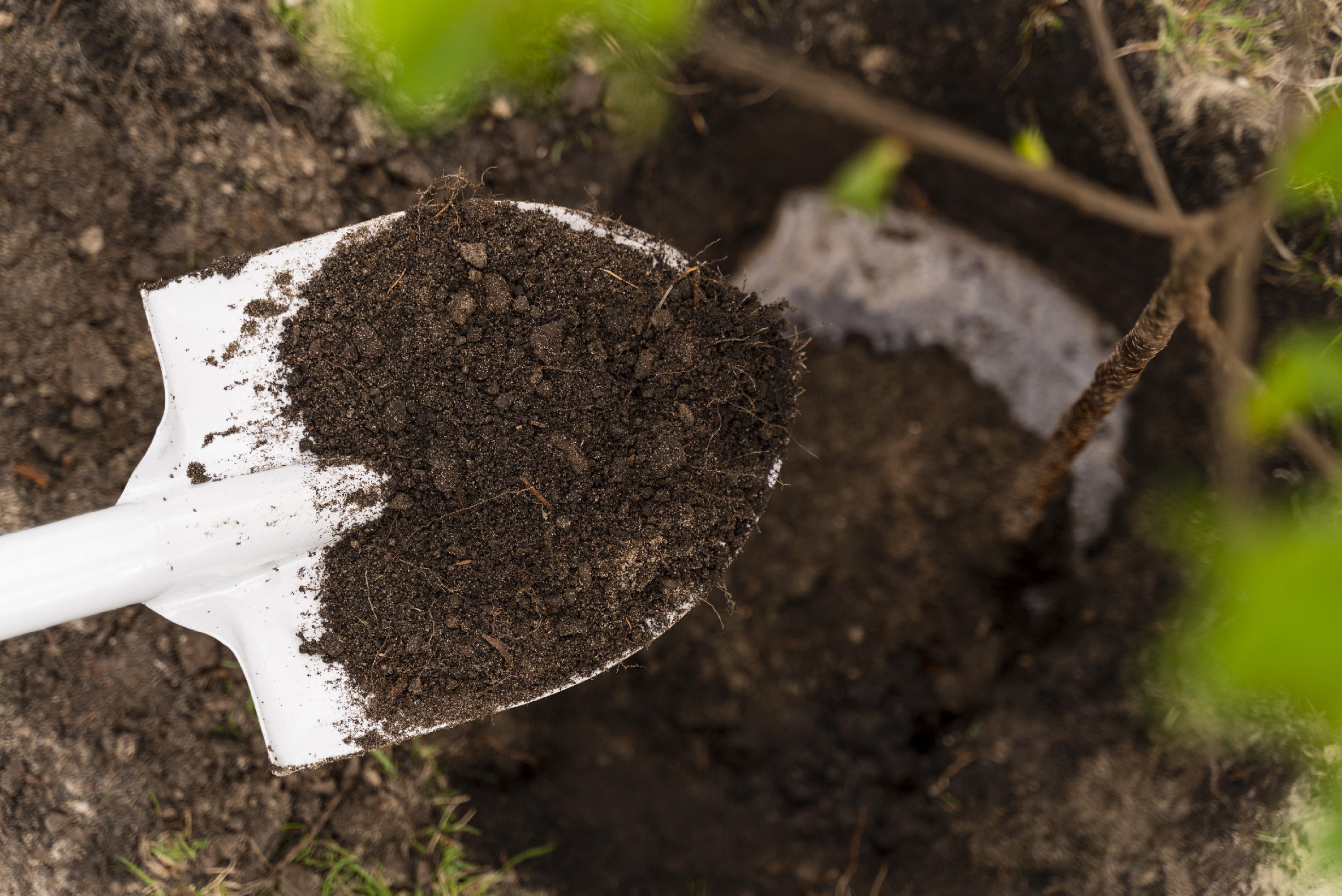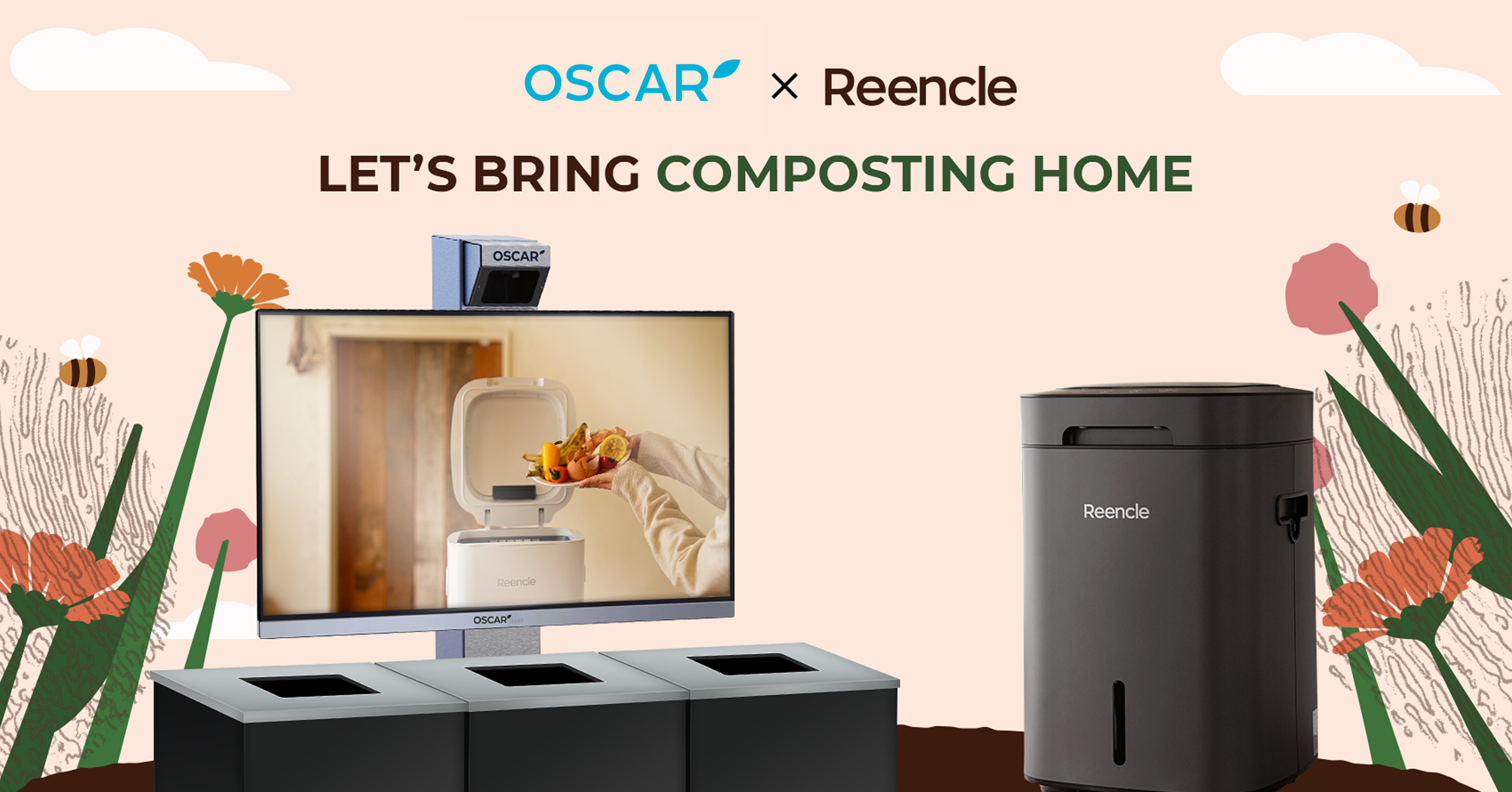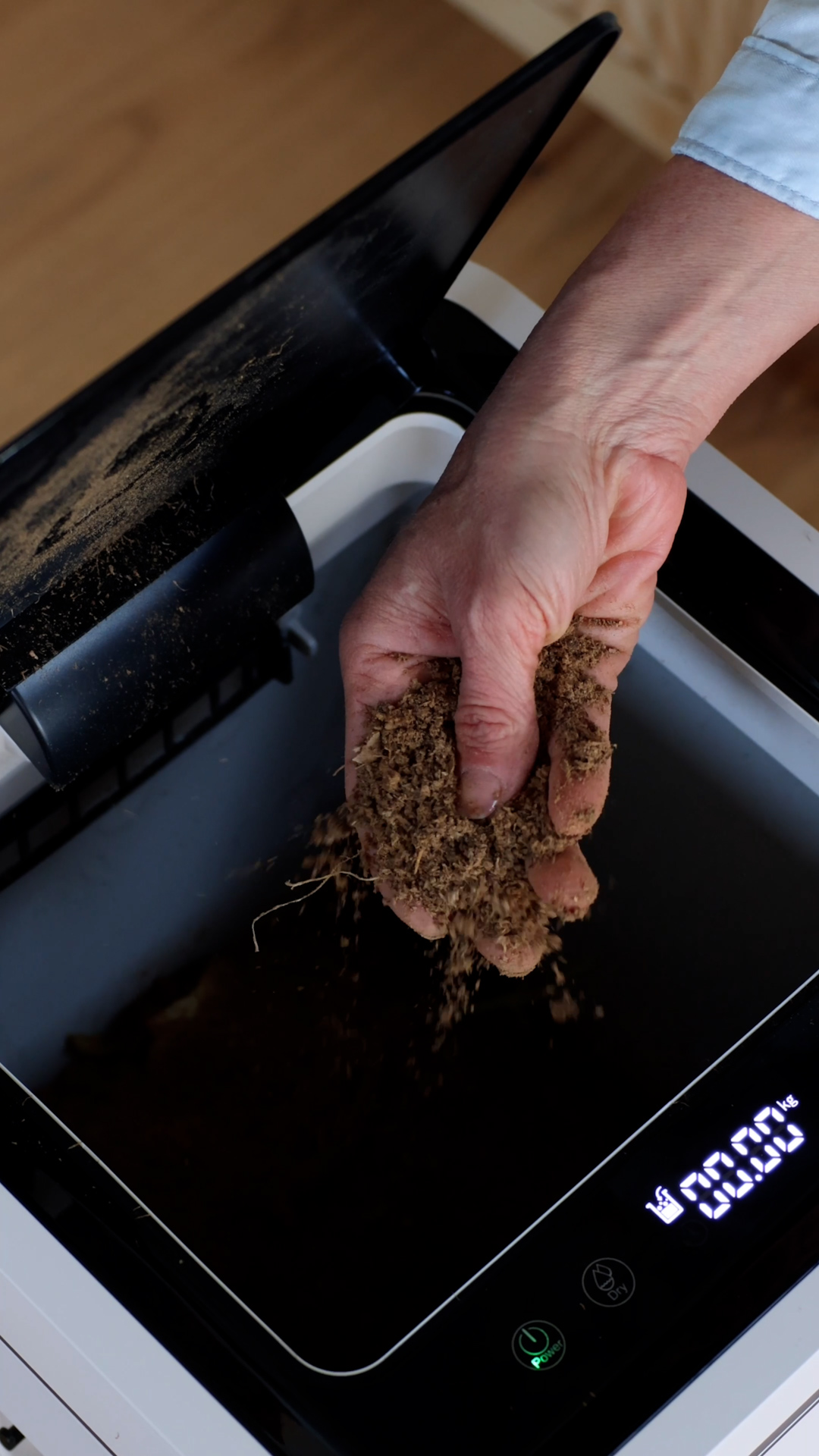Uncovering the Reality:
Is Chewing Gum Biodegradable?

Is Chewing Gum Biodegradable? Uncovering the Truth
Remember that sticky wad of gum stuck to your shoe last spring? Yeah, it's probably still there. Unlike that forgotten piece of fruit, most chewing gum isn't going anywhere fast. But why? Is chewing gum biodegradable, or is it destined to haunt our sidewalks for eternity? In this blog, we'll unravel the sticky truth about chewing gum and its impact on our environment.
Composition of Chewing Gum
Chewing gum is composed of various ingredients that contribute to its texture, flavor, and shelf life. Understanding the composition of chewing gum is essential in assessing its environmental impact and biodegradability.
Common Ingredients in Chewing Gum
● Synthetic Polymers: The primary chewing gum component is synthetic polymers, typically styrene-butadiene rubber or polyethylene. These polymers give the gum a chewy texture and elasticity, allowing it to retain its shape even after prolonged chewing.
● Softeners: Chewing gum contains softening agents such as glycerol, vegetable oil, or lanolin, which help maintain its pliability and prevent it from hardening over time. These softeners also enhance the gum's mouthfeel, making it more enjoyable to chew.
● Flavorings: Various natural and artificial flavorings are added to chewing gum to impart taste and aroma. Common flavors include mint, fruit, cinnamon, and bubblegum, among others. These flavorings contribute to the sensory experience of chewing gum and play a significant role in consumer preference.
● Sweeteners: Chewing gum is sweetened with sugar or sugar substitutes like sorbitol, xylitol, or aspartame. These sweeteners provide sweetness without contributing to tooth decay, making sugar-free gum a popular choice among consumers concerned about dental health.
● Colorants and Preservatives: To enhance visual appeal and prolong shelf life, chewing gum may contain colorants and preservatives. These additives help maintain the gum's color and freshness, ensuring a consistent product quality.
Biodegradability of Different Types of Gum
The biodegradability of chewing gum varies depending on its ingredients and manufacturing process. Traditional chewing gum made from synthetic polymers like polyethylene is non-biodegradable and can persist in the environment for years, contributing to pollution and litter.
In contrast, some manufacturers produce biodegradable chewing gum using natural ingredients such as chicle, a latex sap derived from the sapodilla tree, or plant-based polymers. These biodegradable gums break down more readily in the environment, reducing their environmental impact and offering a more sustainable alternative to conventional gum.
It's essential to consider the biodegradability of chewing gum when making purchasing decisions and to support brands that prioritize environmental sustainability in their product formulations. By choosing biodegradable gum options, consumers can contribute to reducing plastic waste and protecting the planet for future generations.
Environmental Impact of Chewing Gum
The environmental impact of non-biodegradable chewing gum is significant and often underestimated. Discarded gum litters streets, sidewalks, and public spaces, contributing to urban blight and pollution. Rainwater washes gum into storm drains, where it ultimately ends up in rivers, lakes, and oceans, posing a threat to aquatic life.
Moreover, chewing gum contains harmful additives like plasticizers and artificial sweeteners, which can leach into the environment and disrupt ecosystems. Marine animals may mistake gum for food, leading to ingestion and intestinal blockages. The environmental consequences of chewing gum pollution underscore the urgent need for sustainable alternatives.
How Long Does It Take for Gum to Biodegrade?
Traditional chewing gum takes anywhere from 20 to 25 years to biodegrade fully. During this time, gum undergoes a slow degradation process, breaking down into smaller fragments rather than decomposing entirely. Factors such as temperature, humidity, and microbial activity influence the rate of degradation, with warmer climates accelerating the process.
In contrast, biodegradable gum alternatives offer a more eco-friendly solution. Made from natural ingredients like chicle, a latex sap derived from the sapodilla tree, these gums degrade within weeks or months, minimizing their environmental footprint.
The Degradation Process of Chewing Gum
The degradation process is a complex and gradual phenomenon influenced by various environmental factors. When discarded, chewing gum encounters exposure to sunlight, moisture, temperature fluctuations, and microbial activity. Initially, exposure to sunlight and air causes the gum to harden and lose its elasticity, making it less adhesive to surfaces.
Over time, rainwater and natural elements facilitate the mechanical breakdown of gum, fragmenting it into smaller pieces. Microorganisms present in the environment, such as bacteria and fungi, play a crucial role in the degradation process by secreting enzymes that break down gum's chemical bonds. However, the slow degradation rate of gum, compounded by its synthetic composition and adhesive properties, results in its persistence in the environment for years.
Despite efforts to promote responsible disposal and develop biodegradable alternatives, addressing the environmental impact of chewing gum requires a multifaceted approach integrating public awareness, technological innovation, and regulatory measures.
Biodegradable Alternatives
Biodegradable alternatives to traditional chewing gum offer a sustainable solution to mitigate environmental impact. These alternatives utilize natural ingredients such as chicle, a latex sap derived from the sapodilla tree, or plant-based polymers that decompose rapidly in various environments. Unlike synthetic gum, biodegradable options break down into harmless components within weeks or months, reducing litter and pollution.
Moreover, biodegradable gums often boast similar taste, texture, and chewability to conventional gum, ensuring consumers do not compromise on sensory experience. Brands committed to sustainability may also employ ethical sourcing practices and eco-friendly packaging, further minimizing their environmental footprint.
By opting for biodegradable alternatives, consumers can align their chewing habits with eco-conscious values, supporting the transition towards a more sustainable future. These innovative products exemplify the intersection of consumer demand for convenience and environmental stewardship, offering a win-win solution for both individuals and the planet.
Disposal Methods for Chewing Gum
Disposal methods for chewing gum are crucial for mitigating its environmental impact. Proper disposal involves placing used gum in designated trash receptacles rather than discarding it on sidewalks, streets, or public spaces. Municipalities can play a pivotal role by implementing awareness campaigns to educate the public about responsible gum disposal and providing accessible trash bins in high-traffic areas.
Innovative recycling technologies also offer promising solutions for managing gum waste. Companies like Gumdrop Ltd. have developed recycling programs that collect discarded gum and repurpose it into new products such as rubberized materials and plastic pellets. These initiatives not only reduce the amount of gum littering streets and landfills but also promote circular economy principles by transforming waste into valuable resources.
By adopting responsible disposal methods and supporting recycling initiatives, individuals and communities can minimize the environmental impact of chewing gum and contribute to a cleaner, more sustainable future.
Conclusion
The question of whether chewing gum is biodegradable highlights broader concerns about waste management and environmental sustainability. While traditional gum poses significant challenges due to its synthetic composition and slow degradation rate, biodegradable alternatives offer a promising solution to mitigate environmental harm.
As consumers, we have the power to influence change by making informed choices and advocating for sustainable practices. By opting for biodegradable gum and adopting responsible disposal habits, we can minimize our environmental footprint and preserve the planet for future generations.
Remember, every chew counts—choose wisely.


















Leave a comment
This site is protected by hCaptcha and the hCaptcha Privacy Policy and Terms of Service apply.